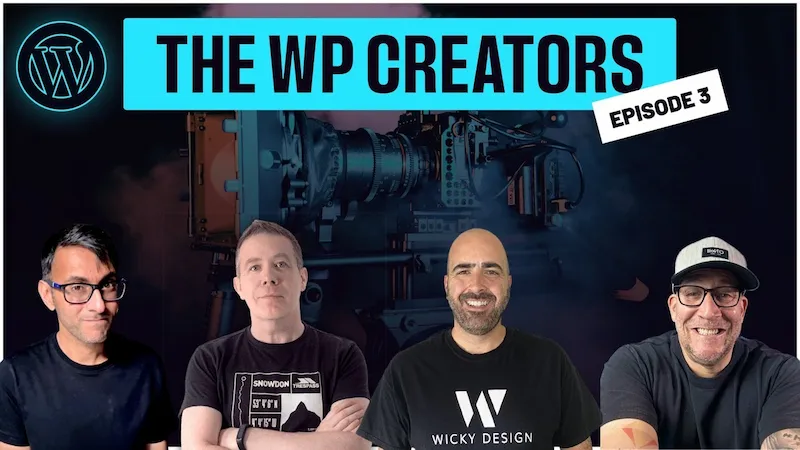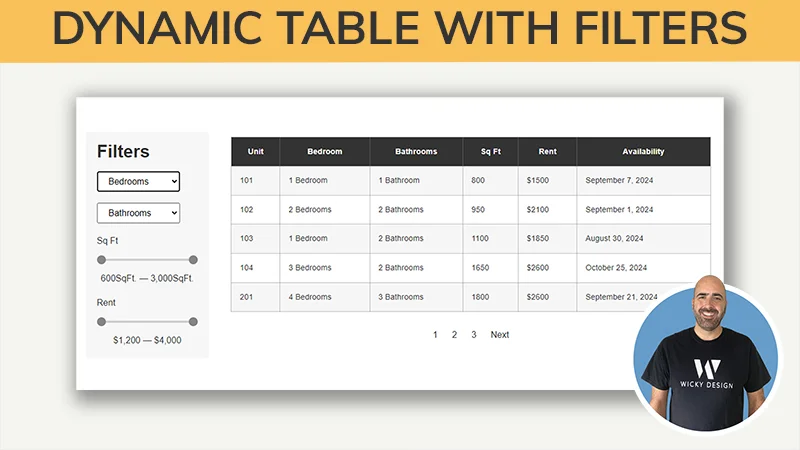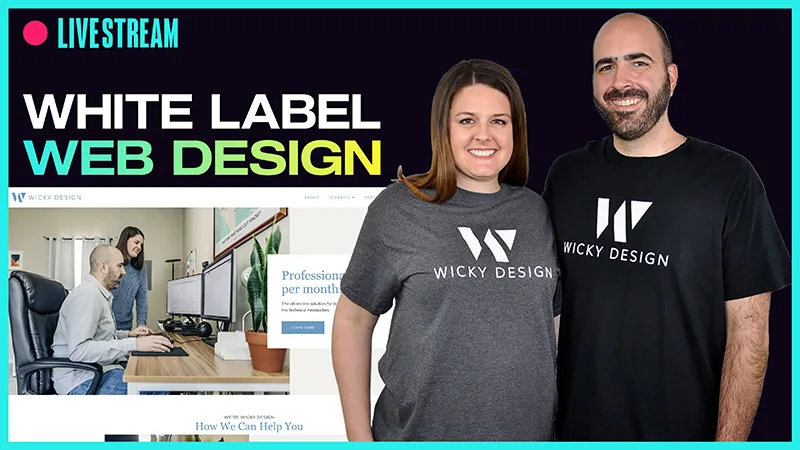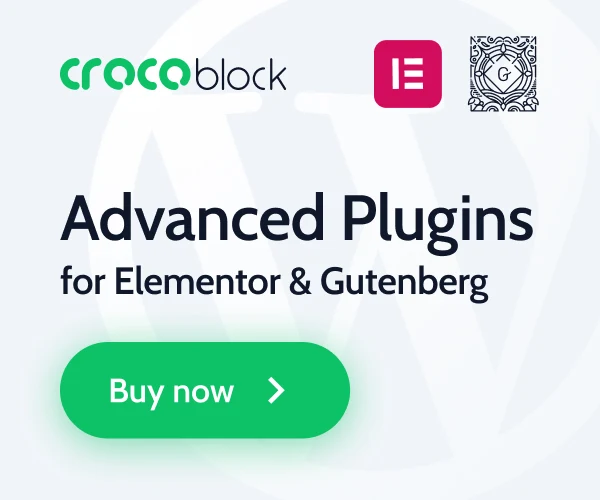This is a guest post by Emma Miller of Bizzmark Blog.
Blogging helped many business people build a solid personal brand and keep their companies profitable. Just look at the big industry names like Rand Fishkin, Guy Kawasaki, Neil Patel, or Brian Dean and you’ll see what I’m talking about.
So, what’s their secret?
Well, they understand that not each blog post is equally valuable. An epic blog post is the one that solves your readers’ problems, positions you as an authoritative resource, and builds trust with your audiences. Most importantly, it drives lots of shares, links, and referrals to your site.
How to create such content and how to measure its performance?
Let’s find out.
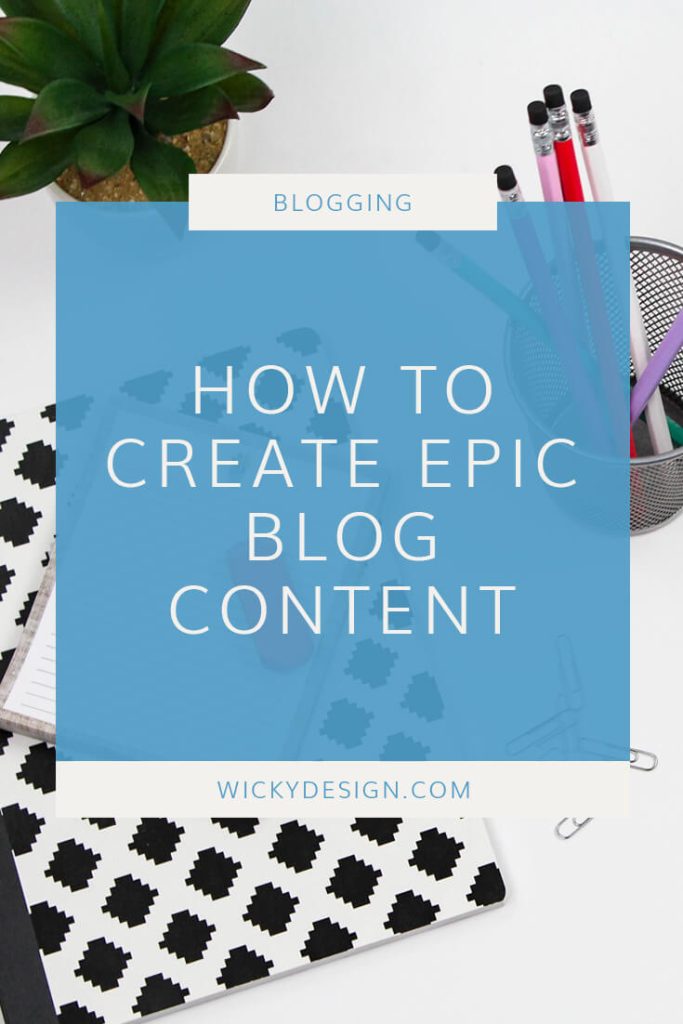
Measuring Performance is the Foundation of your Blogging Success
The content marketing industry is constantly changing and evolving. Today’s hottest trends may get totally outdated in a few months. This is why you need to keep pace with these trends and, most importantly, measure the success of your content continually.
Always keep in mind that just because something works for your competitors doesn’t mean it will work for you, too. You need to tie your content marketing goals to your actual business goals and choose the right KPIs to track.
Some of the most significant content marketing KPIs you should track are:
- Return metrics, like the frequency of returns or the number of people that return to your site, are immensely important because they tell you how valuable and authoritative your blog is.
- The bounce rate shows the percentage of people that kick your site right after landing on it. There are numerous causes of high bounce rates, including irrelevant content and poor UX.
- The average time spent on a page shows you how engaged your readers are. For example, if a visitor starts reading your comprehensive 3000-word whitepaper and ditches it after two minutes, it probably means they haven’t read it. This is a clear indicator that you’re either targeting the wrong people or that your content doesn’t resonate with your audiences.
- Pages per session tell you how many pages of your content a searcher visits during one visit. If someone reads your blog post and then clicks on another one, this may be a signal that they like what you have to say. On the other hand, this metric is not always reliable. If someone visits 10 pages per visit, but they don’t spend enough time on them, this may mean that they cannot find what they’re looking for.
- Traffic sources show which online channels are most profitable to you and help you focus on them.
- Your SEO success includes a wide range of metrics, such as your rankings, whether you’re appearing in answer boxes, your domain authority, and your inbound links. These are all indicators of your online authority.
Choose the Right Tools
Sure, to track the success of your content marketing campaigns, you cannot do so manually. There is a plethora of outstanding analytics tools that will automate most of your job and help you stay on top of your data.
For example, Google Analytics gives you insights into your web page clicks, keyword performance, time users spend on your site, content sharing statistics, and so on.
With SEMrush, you can see what keywords you’re ranking for right now and find new keywords.
Buzzsumo lets you see how your content performs across all social media channels, providing this data in a single, user-friendly report.
CrazzyEgg provides you with heatmaps that show how your users interact with your content.
Investing in these tools is immensely important, as it gives you a full insight into your content performance and helps you adapt it efficiently. However, tracking your content across multiple platforms is extremely time-consuming. This is where digital marketing reporting tools like Reportz step in, as they integrate with all relevant content analytics tools and let you track your major KPIs from a single dashboard.
Understand the Anatomy of a Viral Blog Post
The success of your blog post depends on how you approach it. Before you even start writing, you need to do solid research and set clear goals you want to achieve through your blog post. Most importantly, you need to choose the right structure of your post, one that makes it easily readable and professional.
Here is what the anatomy of the highest-ranked posts on Google looks like:
- A killer headline
The title of your post is probably the first thing your target audience sees on Google. Precisely because of that, it should never be generic. Your blog post headline needs to be original, catchy, and above all intriguing. It needs to grab a searcher’s attention and inspire them to visit your site to find out more.
- An attention-grabbing picture
Humans generally remember images faster than text. Given that, it’s not surprising that visuals play a fundamental role in content marketing. They give you the opportunity to break up a greater chunk of text into smaller bites and make it interactive and easier to follow. You just need to make sure that your images are related to the text and that their quality is exceptional. Sure, if you’re not creating them yourself, always check the copyrights and link to the original source.
- A catchy introduction
Apart from your title, an introduction is one of the most significant elements of your article. It informs a reader about what your article is about and what value they will get by reading it. Most importantly, it’s yet another way to hook their attention and inspire them to keep reading.
- Your main points
Just like with a title, your article’s main points need to be easily identifiable. You can use a bulleted list, a number list or, preferably, subheadings to separate your article into meaningful sections. Remember, you’re writing for people, not Google’s crawlers.
- A closing word
Sure, your blog post is not a college essay, where you need to repeat everything you were talking about in the conclusion. However, writing a paragraph or two that will reiterate your main points and wrap things up properly is always a good idea.
Optimize your Content for Search Engines
On-page optimization is the basis of your success in organic results. Now, there are multiple on-page elements that may impact your rankings, from the depth of your content to the overall user experience.
However, you need to pay special attention to the keywords you use. Keywords are like a compass for bloggers, letting them understand their searchers intent and formulate valuable content around truly relevant phrases.
Namely, Google is getting smarter, stuffing your blog posts with a bunch of keywords may only get you penalized. Instead, you need to strategize the process of keyword research in order to understand what your audiences are looking for and what their intentions are.
Start with tools like Google Keywords Planner and its “Get Ideas” feature. This is a great way to find some long-tail keywords for your titles or articles and implement them organically.
In addition to the traditional keyword research tools like this one, you should also use some other resources to do intent-oriented keyword research. Look what your customers are searching for on search engines, what kind of questions they ask on forums and Q&A sites, and observe their previous Google searches. Google’s “Autosuggest” or “People Also Search” can also help you understand what your customers’ interests are.
Once you make a list of keywords, you need to integrate them strategically with your on-site content. Each element of your blog post, from its title to the text body to its meta descriptions, title tags, alt tags, and URLs needs to contain an organically-implemented keyword to make your content more findable.
Create Content that Delivers True Value
Your visitors don’t land on your page to kill their time. They’re here because they want to learn something new. This is exactly why writing generic articles won’t work in 2019. Every piece of content you sign needs to be well-researched, data-backed, and full of practical value.
In addition to traditional posts, writing comprehensive guides from time to time can also be a nice strategy. When researched and written properly, these posts are considered a true treasure trove of valuable tips and stats and they’re more likely to get shared and linked to.
As for the length of your blog posts, it varies. In some industries, short but insightful posts still work. However, statistics say that, from the SEO point of view, long-form content of over 3000 words performs far better on Google. After all, once you start creating truly insightful and data-backed posts, you will understand that writing them and not crossing 1500 words is almost impossible. That’s logical, as your goal is not only to present a bunch of data and stats, but to build an engaging narrative that keeps people interested.
Over to You
In today’s overcrowded digital marketing sphere, where thousands of blog posts are published every day, your content needs to stand out like a pair of yellow socks. It needs to resonate with your readers, teach them something new, engage them, evoke emotions in them, and inspire brand loyalty. Above all, research and update your keywords regularly and always align them with your searchers’ intent.
Finally, keep in mind that blogging is not all about writing exceptional content, but promoting it, as well. So, make sure you build solid email marketing and social media marketing campaigns and create solid lead magnets that will bring value to your target audience and lead them towards your website.
About The Author
 Emma Miller is a writer at Bizzmark Blog. Follow her on Twitter @bizzmark_blog.
Emma Miller is a writer at Bizzmark Blog. Follow her on Twitter @bizzmark_blog.
